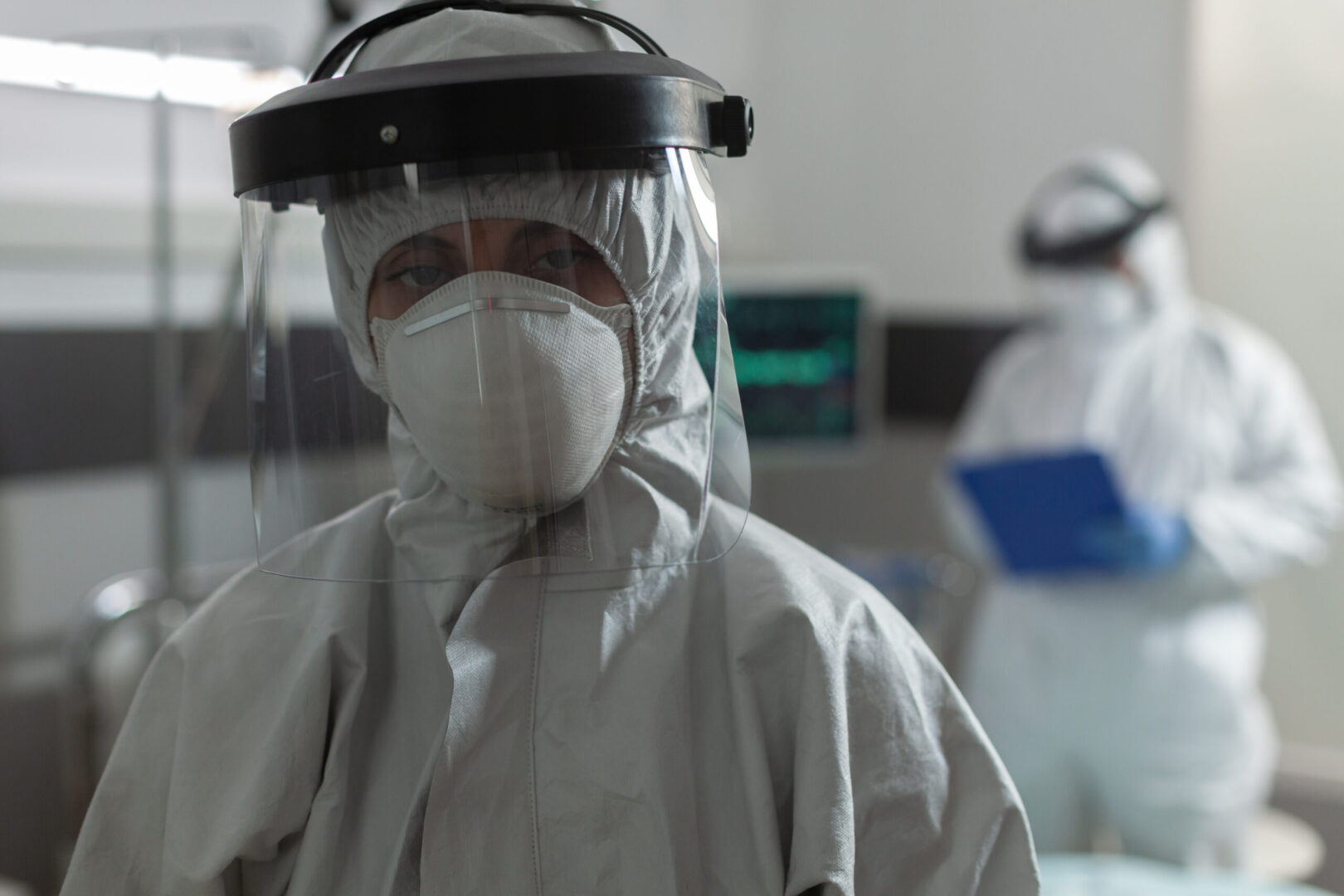Learning objectives
- Describe the mechanisms of LAST
- Recognize the symptoms of LAST
- Manage LAST occurrence
Definition
- Local anesthetic systemic toxicity (LAST) is a life-threatening adverse event that may occur after the administration of local anesthetics through a variety of routes
- A supratherapeutic plasma concentration of local anesthetics has several adverse effects on the central nervous and cardiovascular systems
Mechanisms of LAST

Symptoms
- Central nervous symptoms precede cardiovascular symptoms
- Neurological signs/symptoms range between excitation (early) and depression (late)
- Early LAST: Excitatory manifestations
- Neurological symptoms: Seizures (70%), agitation (10%), loss of consciousness (7%)
- Prodromal (early) symptoms: Perioral paresthesia, metallic taste, tinnitus
- ± 40% of cases present as a sudden, rapid-onset seizure, progressing to cardiac arrest
- High dose of LA or inadvertent IV injection: Prodromal (early) central nervous symptoms may be absent and the first manifestation could be cardiovascular toxicity (11%)
- Cardiovascular toxicity: Heart conduction anomalies, decreased cardiac contractility, decreased systemic vascular resistance
- Early-onset ECG changes: Increased PR and QTc, QRS abnormalities (bundle branch blocks), and increased ST intervals with/without refractory brady-/tachyarrhythmias
- Depression of spontaneous pacemaker activity can rapidly lead to high-degree AV blocks or asystole
- Cardiogenic shock and refractory hypotension may follow as a result of decreased cardiac contractility and vasomotor control disturbances, caused by peripheral vascular ion-channel alterations
Keep in mind
- LAST can occur immediately at the time of injection (usually accidental intravascular injection) or up to an hour after it (due to delayed tissue absorption)
- Continue monitoring for 30-45 min after injection of large volumes or toxic doses of LAs
- Monitor patients with any signs of LAST for 2-6 hrs because cardiovascular depression due to LAs can persist or recur after treatment
Management

We would love to hear from you. If you should detect any errors, email us at customerservice@nysora.com







